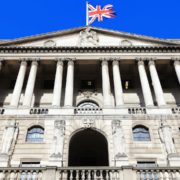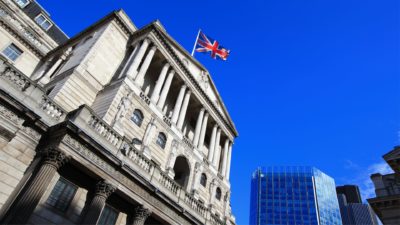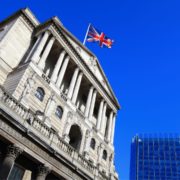Upon entering 2022, one of the biggest concerns facing UK property investors was the UK housing crisis.
Whilst this may have moved down the list slightly after the events of the first quarter, the housing shortage is still a prime concern.
Since the pandemic, the government have loosened their tight restrictions regarding planning permission.
Compared to the previous year where 2021 saw an increase of 20% in granted applications for planning permission with 376,700 decisions granted over the course of the year: according to the latest government planning application statistics at the end of March 2022.
Of the permissions granted, only 38,500 were for residential developments and 33,600 of these were for minor development works.
The final quarter of 2021, between October to December, saw 106,600 applications received – of which, 90,700 were granted: a 5% increase from the same time period the year previous.
Whilst we are seeing an increase in acceptance of planning permission – the closer we look, the more we need to question whether the developments going ahead are the developments that buyers are looking for.
Within the final quarter of last year, for example, of the 90,700 decisions that were granted, only 9,500 were residential applications: down 7% from 2020.
If we delve even further, we can see that only 1,200 were for major development projects, with the rest covering minor development works.
But what does all this mean for the industry?
Taking a new perspective
Over the past year, we’ve seen plenty of coverage surrounding the sudden increase of property value – as the UK witnessed the housing market prices peak, hitting new records month-on-month.
However, an area that has been subtlety recovering in the background is that of commercial property.
Over the past quarter, Savills witnessed a 35% increase in commercial investment volumes between January and February, when compared to the same time period during 2021; with the volume coming in at £6.9 billion.
One trend that we have witnessed in the current market is the conversation of empty commercial buildings into residential properties.
Ever since the pandemic, and the increase in working from home, many companies decided not to return to office full time.
What this shows is that there is still a hunger for commercial property, it just happens to be walking down a new path.
There has been a rise in ground up development – often for new building projects with a commercial floorspace with flats located above them.
Commercial cautiousness
Despite this rising trend, there is still hesitation from some lenders surrounding commercial investments, particularly for businesses within the retail and hospitality industry.
But that’s not to say that lenders aren’t lending.



























Comments